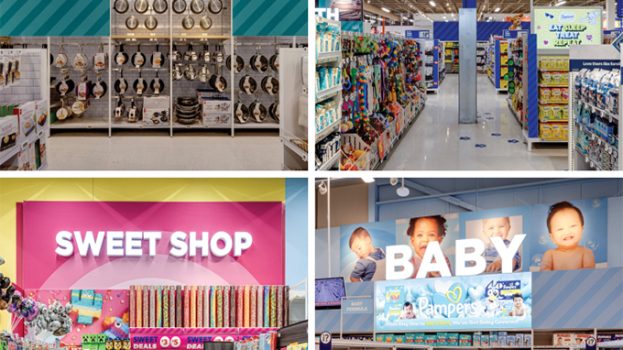Well.ca’s mobile-only store, with posters of its wares plastered on a wall outside of Toronto’s Union Station, could be the first of many mobile-only pop-up stores, predicts Nikolas Badminton, director of digital strategy, Tribal DDB.
The trend is something the agency has been monitoring closely after first spotting an execution by Tesco’s Korean chain Homeplus (which nabbed the Media Grand Prix at Cannes last year), and then seeing similar ideas emerging in New York and London. Within Canada, he predicts that both digital and analog pop-up stores will continue to emerge as retailers and manufacturers get a grasp on mobile technology.
“I think whenever there are leaders in a market you will see it pop up,” he says. “As bigger U.S. brands fight their way into Canada a bit more aggressively, I think you’ll start seeing those [brands] doing pop-up stores as well.”
He warns that in order for something like this to work, retailers need to make the mechanism really accurate and meet or exceed delivery expectations. He also cautions against taking Well.ca’s approach of only using one supplier.
“It was a branded execution,” he says. “We know that Well.ca offers a much wider product range than just [P&G], so for the people who aren’t or weren’t aware of the website, it just restricts the perception of the online experience.”
Despite the one-brand focus, Well.ca is pleased with its mobile outing, and says the exclusive partnership with P&G has worked in its favour.
As an internet company, Well.ca doesn’t often find itself needing to design store shelves, says Paige Malling, VP marketing, so the brand was able to leverage P&G’s experience in display and shelving when making the poster.
“For us, this is just an experience to show Canadians what the future of shopping can be,” she says, adding that sales met target and they would consider repeating the exercise.
Nick Barbuto, VP digital solutions, Cossette, doesn’t anticipate an influx of pop-ups. He doesn’t believe the technology will really take off until inroads are made in near field communication (NFC) technology.
“It’s not a germane thing for everyday Canadians to be pulling out their phones and using QR codes,” he says. “I do think this is a tactic that will become a mainstay when other close proximity technologies come to prominence.”
But for that to happen, there need to be changes in how quickly phone and credit card companies are willing to adopt NFC technology, and since Canada has been relatively slow with new technologies, it could be a while before Canadians benefit from NFC on a wider scale. Once that does happen, Barbuto predicts that it will become very common to walk up to billboards or ads and purchase the product directly.
Both Badminton and Barbuto are looking forward to the potential emergence of interactive walls that change displays, be it by time of day (fresh coffee sold in the morning or toothpaste sold in the evenings) or by popularity.
“It would be great to build some interactivity into these stores,” says Badminton. “As the billboard learns from what people are scanning, it actually changes the selection.”
























